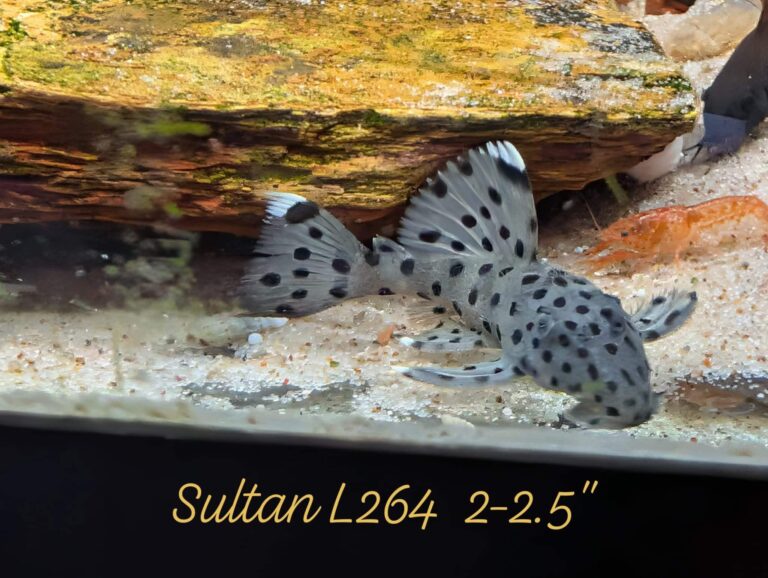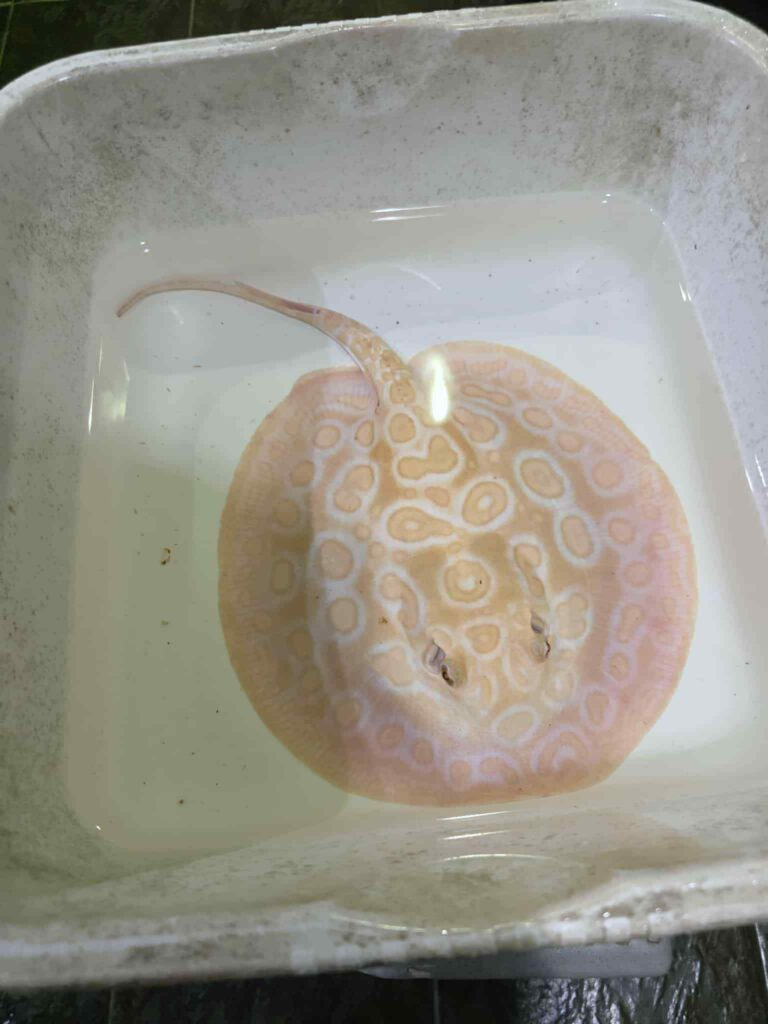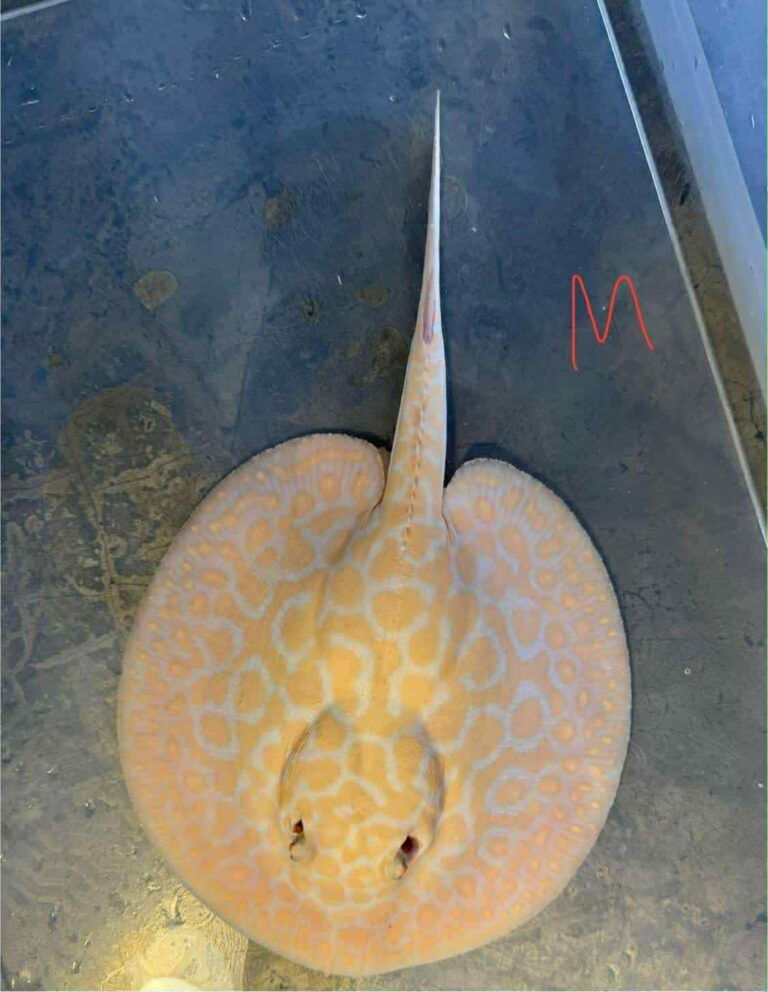Infor
Be the first to review “Female Betta – Galaxy and Nemo – USA BREEDER” Cancel reply
Gallery
Description
Gallery

Description
Here’s a quick guide to understanding and caring for female bettas:
1. Appearance and Behavior:
Generally smaller than male bettas, with shorter fins and tails.
Exhibit a variety of vibrant colors and patterns, just like males.
Can be housed together in groups called “sororities” under specific conditions, unlike male bettas who are highly territorial.
2. Setting Up a Suitable Tank:
Size: For a single female betta, a minimum tank size of 5 gallons is recommended, though a larger tank (10 gallons or more) is ideal for more swimming space and easier water parameter maintenance.
Heater and Filter: Maintain a stable water temperature between 72-82°F (22-28°C) using a heater, and ensure clean water with a filter appropriate for your tank size.
Hiding Places: Provide ample hiding spots with plants (live or silk) and decorations to reduce stress and promote a sense of security.
3. Care and Feeding:
Diet: Feed high-quality betta pellets or flakes as the staple food, supplemented with occasional live or frozen foods like bloodworms or brine shrimp.
Feeding Frequency: Feed once or twice daily, offering only as much food as the betta can consume in a couple of minutes to avoid overfeeding.
Water Changes: Regularly perform partial water changes (around 25-30%) weekly to maintain water quality.
4. Considerations for Betta Sororities:
Tank Size: If you plan to keep a sorority (multiple female bettas), you’ll need a much larger tank, typically a minimum of 20 gallons for 4-6 females, along with ample hiding places and a well-established hierarchy.
Introduction and Monitoring: Introduce the females simultaneously and closely monitor their interactions for signs of aggression.
Potential Challenges: Sororities can be challenging to manage, and aggression or bullying may occur, requiring the removal of specific individuals.
5. Health:
Signs of Health: Healthy female bettas display vibrant colors, clear eyes, and active swimming behavior.
Signs of Illness: Look for symptoms like loss of appetite, lethargy, frayed fins, or unusual spots or growths on the body.
In Conclusion: Female betta fish are captivating pets with distinct personalities and care requirements. Understanding their needs and providing a suitable environment are crucial for their well-being.







Reviews
There are no reviews yet.